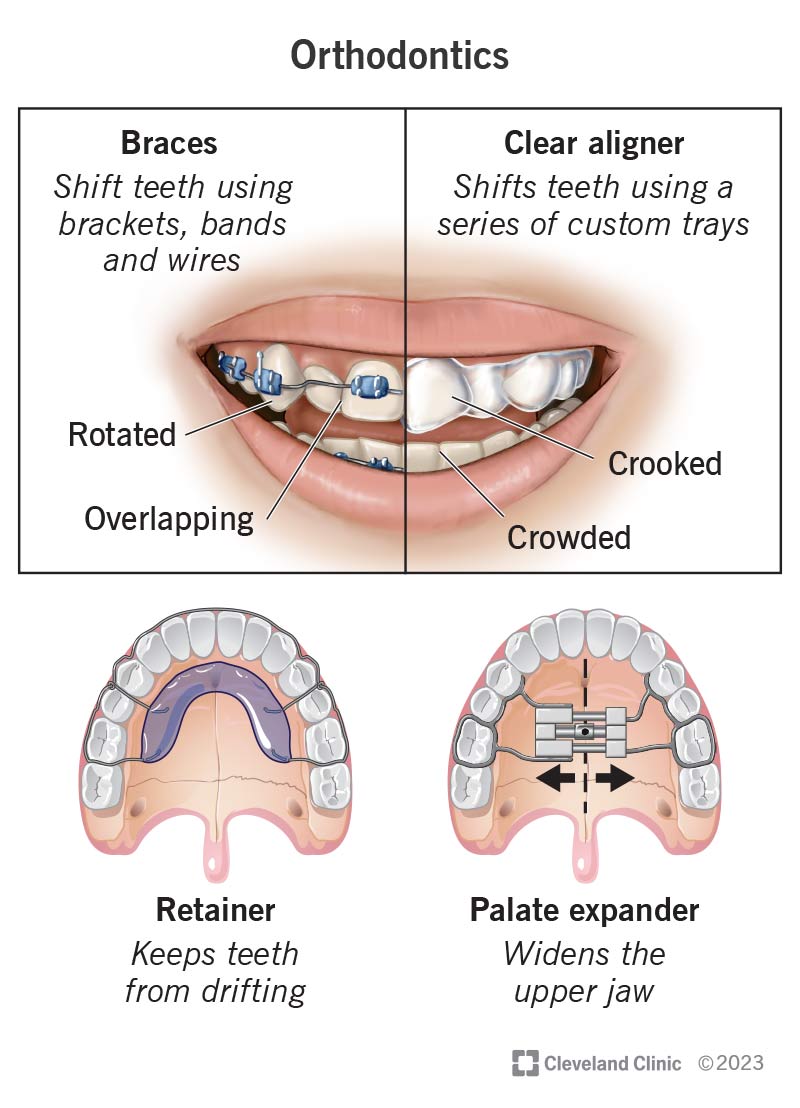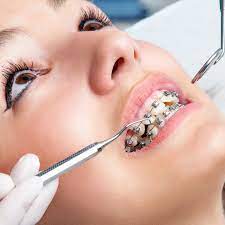Causey Orthodontics - Truths
Table of ContentsCausey Orthodontics for BeginnersThe 25-Second Trick For Causey OrthodonticsSome Known Factual Statements About Causey Orthodontics Our Causey Orthodontics Diaries8 Easy Facts About Causey Orthodontics Explained
Overlooking occlusal connections, it was regular to eliminate teeth for a variety of dental problems, such as malalignment or overcrowding. The concept of an intact dentition was not widely appreciated in those days, making bite relationships appear pointless. In the late 1800s, the concept of occlusion was important for developing reputable prosthetic replacement teeth.As these ideas of prosthetic occlusion progressed, it came to be a vital tool for dentistry. It was in 1890 that the work and effect of Dr. Edwards H. Angle started to be felt, with his payment to modern-day orthodontics particularly significant. Concentrated on prosthodontics, he educated in Pennsylvania and Minnesota before routing his focus towards dental occlusion and the therapies needed to maintain it as a typical problem, therefore ending up being known as the "daddy of modern orthodontics".

The idea of ideal occlusion, as postulated by Angle and integrated into a classification system, made it possible for a shift towards treating malocclusion, which is any kind of variance from normal occlusion. Having a full set of teeth on both arcs was highly searched for in orthodontic therapy due to the need for specific connections between them.
Fascination About Causey Orthodontics
As occlusion ended up being the crucial top priority, face proportions and aesthetics were ignored - orthodontist services. To achieve suitable occlusals without using outside forces, Angle proposed that having perfect occlusion was the very best means to gain optimal facial looks. With the death of time, it came to be rather obvious that even an extraordinary occlusion was not ideal when considered from a visual perspective
Charles Tweed in America and Raymond Begg in Australia (that both examined under Angle) re-introduced dentistry removal into orthodontics throughout the 1940s and 1950s so they could boost face esthetics while likewise ensuring far better stability concerning occlusal connections. In the postwar duration, cephalometric radiography begun to be used by orthodontists for gauging modifications in tooth and jaw placement brought on by growth and treatment. It became obvious that orthodontic treatment might readjust mandibular development, causing the formation of practical jaw orthopedics in Europe and extraoral force measures in the United States. Nowadays, both practical devices and extraoral devices are applied around the globe with the purpose of changing growth patterns and types. Consequently, seeking true, or at the very least boosted, jaw partnerships had ended up being the main goal of therapy by the mid-20th century.
The Main Principles Of Causey Orthodontics
 The American Journal of Orthodontics was produced for this purpose in 1915; prior to it, there were no clinical goals to comply with, nor any kind of accurate category system and braces that lacked functions. Until the mid-1970s, dental braces were made by wrapping steel around each tooth. With developments in adhesives, it became possible to instead bond metal braces to the teeth.
The American Journal of Orthodontics was produced for this purpose in 1915; prior to it, there were no clinical goals to comply with, nor any kind of accurate category system and braces that lacked functions. Until the mid-1970s, dental braces were made by wrapping steel around each tooth. With developments in adhesives, it became possible to instead bond metal braces to the teeth.Andrews provided an insightful interpretation of the optimal occlusion in permanent teeth. This has actually had meaningful impacts on orthodontic therapies that are carried out consistently, and these are: 1. Proper interarchal connections 2. Appropriate crown angulation (suggestion) 3. Right crown disposition (torque) 4. No turnings 5. Limited call factors 6. Apartment Curve of Spee (0.02.5 mm), and based upon these concepts, he uncovered a therapy system called the straight-wire appliance system, or the pre-adjusted edgewise system.
The benefit of the design depends on its brace and archwire mix, which needs just very little cord bending from the orthodontist or clinician (orthodontist near me). It's appropriately named hereafter feature: the angle of the slot and density of the bracket base ultimately determine where each tooth is positioned with little requirement for extra control
Unknown Facts About Causey Orthodontics
Both of these systems used identical braces for every tooth and demanded the flexing of an archwire in 3 planes for finding teeth in their wanted placements, with these bends dictating supreme positionings. When it pertains to orthodontic home appliances, they are separated into two types: detachable and fixed. Removable appliances can be tackled and off by the patient as required.

Thus, mostly all modern-day set appliances can be considered variants on this edgewise home appliance system. Early 20th-century orthodontist Edward Angle made a major contribution to the globe of dental care. He created 4 distinctive device systems that have been made use of as the basis for lots of orthodontic treatments today, disallowing a few exemptions.
Some Known Facts About Causey Orthodontics.

The wire finished in a string, and to relocate forward, a flexible nut was utilized, which permitted a rise in area. By ligation, each specific tooth was attached to this expansive archwire (Causey Orthodontics). Because of its limited array of activity, Angle was incapable to accomplish specific tooth placing with an E-arch
These tubes held a soldered pin, which can be rearranged at each appointment in order to relocate them in position. Dubbed the "bone-growing appliance", this contraption was theorized to motivate much healthier bone development because of its possibility for transferring pressure straight to the origins. Applying it confirmed problematic in fact.